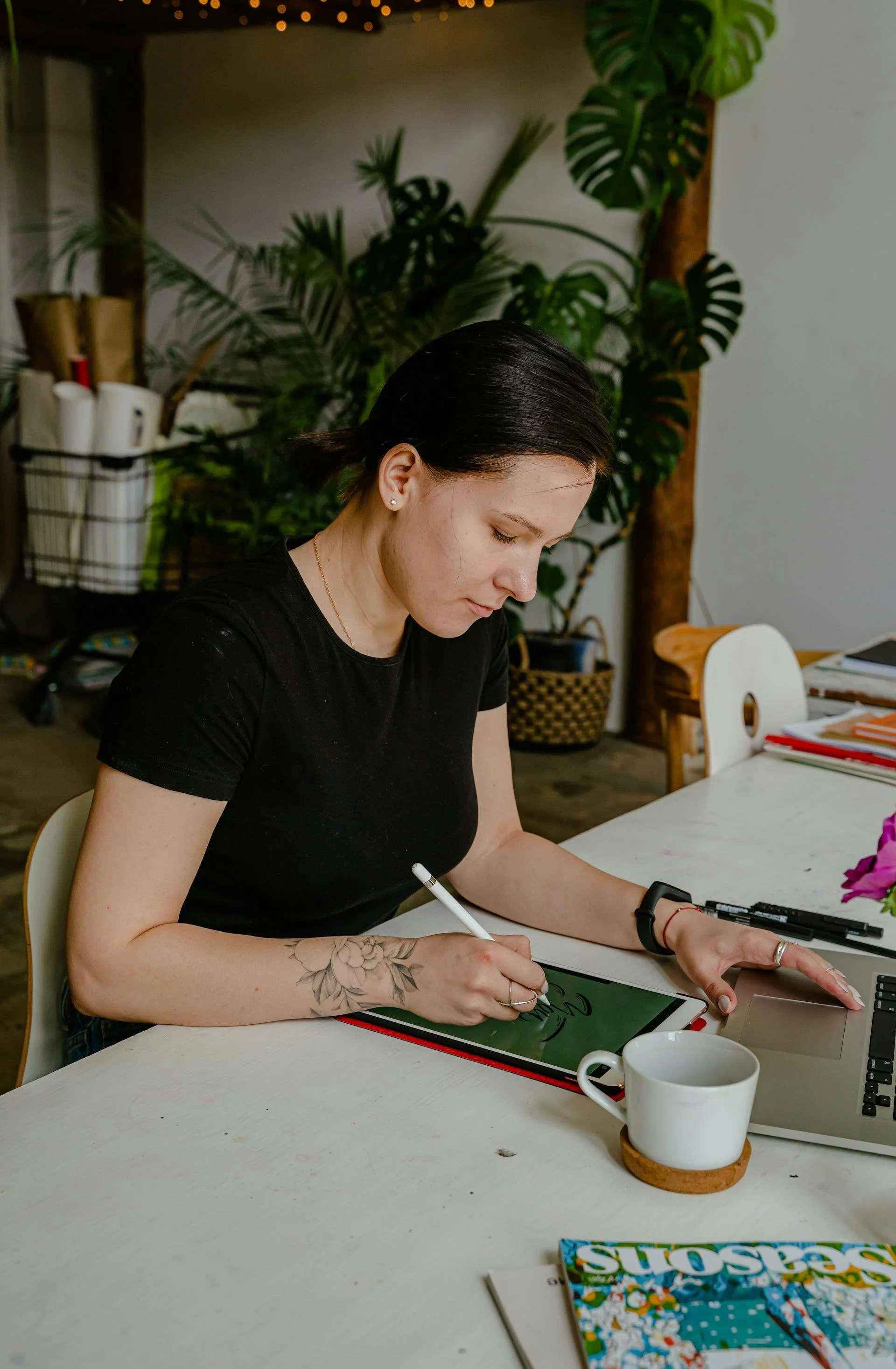🎭 Free + Paid Wellbeing: A Decision Guide for Creative Organisations
A practical framework for managers, HR leaders, and boards in the arts and cultural sector.
Why this guide matters
Creative organisations across Australia are being asked to do more with less — all while managing growing psychosocial-safety responsibilities.
Under the Code of Practice for Managing Psychosocial Hazards at Work, every employer (including arts organisations) must identify and control risks to mental health — things like workload, fatigue, bullying, poor support, and emotional demands.
At the same time, the creative workforce faces significant wellbeing challenges:
🎭 5× higher rates of anxiety and depression than the general population (Entertainment Assist, 2015).
💡 64% of creative workers have considered leaving due to burnout or mental ill-health (Creative Australia, 2024).
⚠️ Psychological injury claims are rising 36% faster than physical injury claims (Safe Work Australia, 2023).
So, how do you balance immediate support with long-term systems?
The answer isn’t one or the other — it’s both.
1️⃣ The role of free and funded services
Australia is fortunate to have free and publicly funded mental health supports. They form the frontline of care and provide immediate, lifesaving assistance.
Lifeline – 24/7 national crisis support and suicide prevention (13 11 14). Handles over 1.4 million calls, texts and chats annually.
Support Act Wellbeing Helpline – free, confidential counselling for anyone in the music or arts sectors, delivered by AccessEAP counsellors, plus Crisis Relief Grants for arts workers in hardship.
Head to Health – national digital mental health hub linking to phone, online and in-person support.
Health.gov.au – Mental Health and Suicide Prevention Contacts – national directory of free mental health services.
These services are essential for crisis care and access equity — but they have limits.
They’re not designed to:
Conduct psychosocial risk assessments or organisational audits.
Train managers in prevention or debriefing.
Offer continuity of care or data for compliance reporting.
Guarantee long-term service availability (most depend on external funding).
🧩 In short: Free services are the safety net. They save lives — but they don’t replace workplace systems.
2️⃣ Why paid and bespoke wellbeing support is essential
Paid wellbeing partnerships complement free services by offering the structure, compliance, and cultural fit required to keep workplaces safe and sustainable.
A creative-industry-specific EAP or wellbeing partner can provide:
Tailored counselling that understands the realities of creative work (casual contracts, touring, emotional labour).
Psychosocial risk assessments and mitigation plans aligned with WHS legislation.
Critical-incident and debriefing support during rehearsals, festivals, or filming.
Manager coaching and training on burnout prevention, boundary-setting, and team wellbeing.
Reporting and evaluation tools for boards, councils, and funding bodies.
These systems deliver continuity, compliance, and culture — things no helpline alone can provide.
💡 Example: A performing arts organisation investing around $8,000 a year in a sector-specific EAP could prevent a single psychological injury claim — saving roughly $70,000 in compensation and productivity costs.
3️⃣ Building an integrated wellbeing model
The best creative organisations use a layered, complementary model that blends crisis support and prevention.
Start with your crisis layer — make sure your teams have easy access to services like Lifeline (13 11 14) and Support Act’s Wellbeing Helpline.
These are your first responders — providing immediate support when someone is in distress, any time of day.
Next, connect that crisis layer to a referral and triage pathway within your organisation.
If a staff member or contractor calls a helpline, they should also know how to access your internal supports or EAP for follow-up care. That continuity builds trust.
Then comes your preventive layer — the everyday wellbeing infrastructure.
This includes your EAP, psychosocial-risk assessments, wellbeing training, and debrief protocols for productions or festivals. Prevention is where psychosocial compliance truly lives.
Finally, integrate governance and evaluation.
Use data, surveys, or anonymised EAP reports to measure trends, identify risks, and report progress to your board or funding bodies.
When done well, this closes the loop — turning individual wellbeing into organisational learning.
🧩 A healthy wellbeing system is like a stage crew: each layer does something different, but together, they make the performance safe and sustainable.
4️⃣ How to decide what’s right for your organisation
Ask yourself:
Does our current setup meet psychosocial-safety obligations?
Do our people know where and how to get help — immediately and long-term?
Are our supports stable, or reliant on external funding?
Can we measure and report wellbeing outcomes?
Do staff feel that the services understand their work environment?
If more than two answers are “no,” it’s time to strengthen your system.
5️⃣ Useful resources
Safe Work Australia – Model Code of Practice: Managing Psychosocial Hazards at Work
Creative Workplaces – Psychosocial Hazards in the Creative Sector
6️⃣ Next steps
Map your current supports — list internal, free, and paid wellbeing options.
Identify your gaps — what’s missing: leadership training, debriefing, data, or compliance?
Engage a partner who understands creative workplaces and psychosocial legislation.
Integrate free crisis supports into your communications and policies.
Review annually — evaluate effectiveness and update your approach.
Need help building your wellbeing model?
Hey Mate partners with creative organisations across Australia to deliver:
✅ Creative-industry-specific EAPs
✅ Psychosocial-safety training
✅ Critical-incident and debriefing support
✅ Leadership coaching and risk advisory
📩 Contact us to discuss a tailored wellbeing framework for your organisation.


